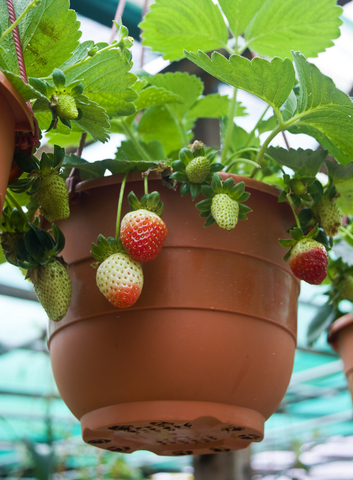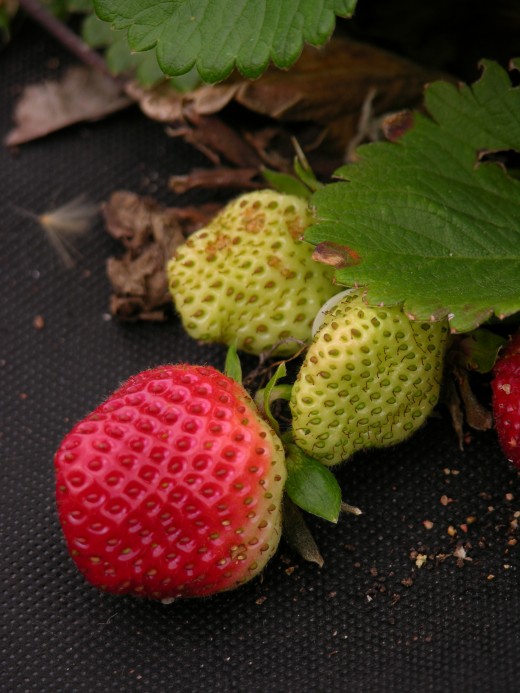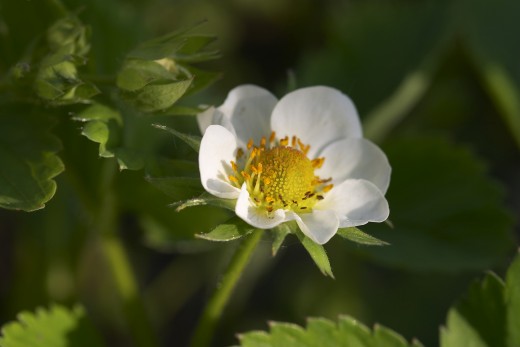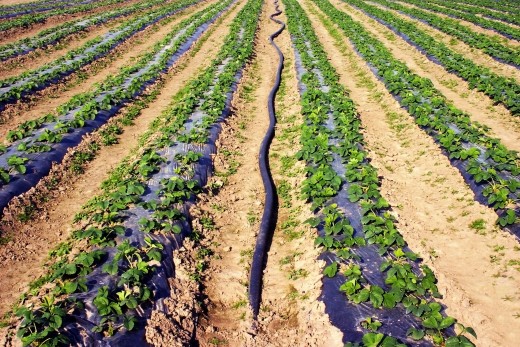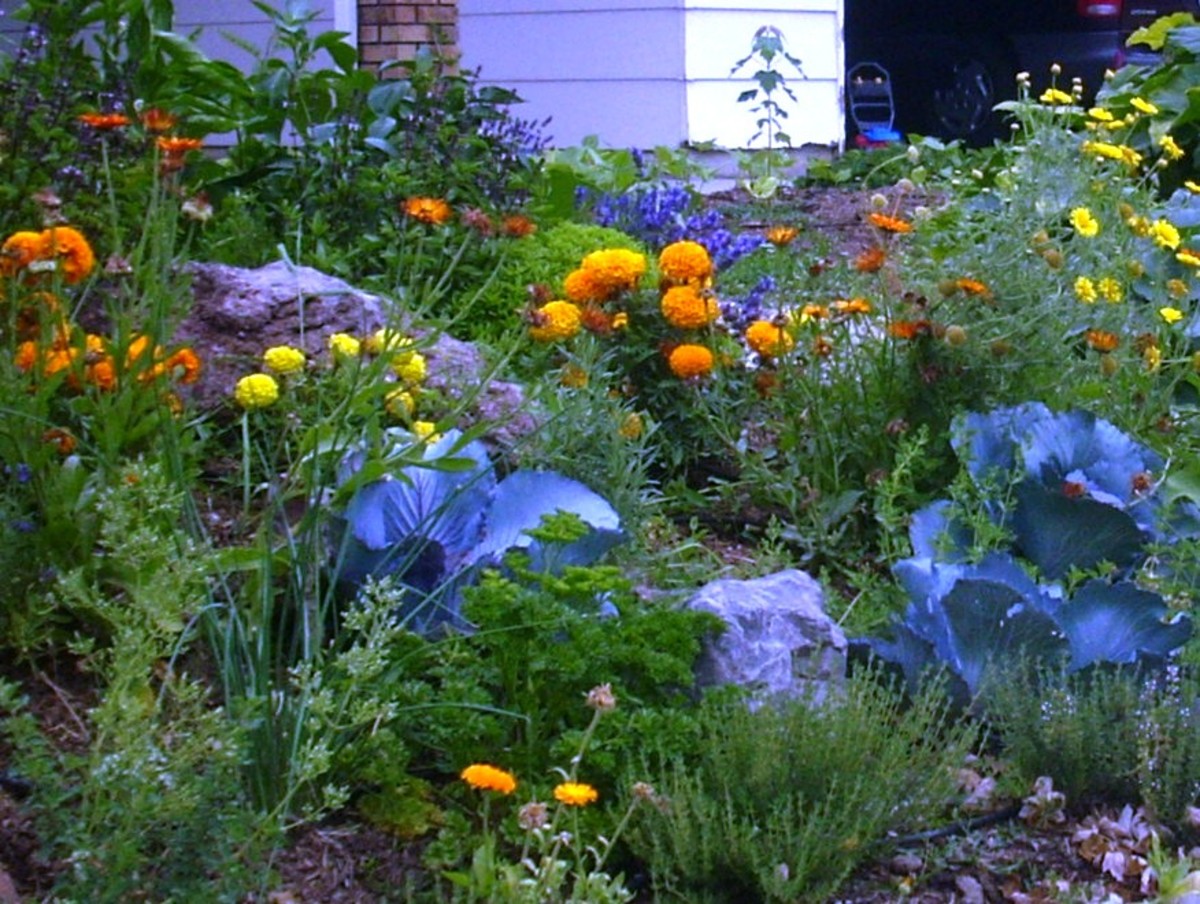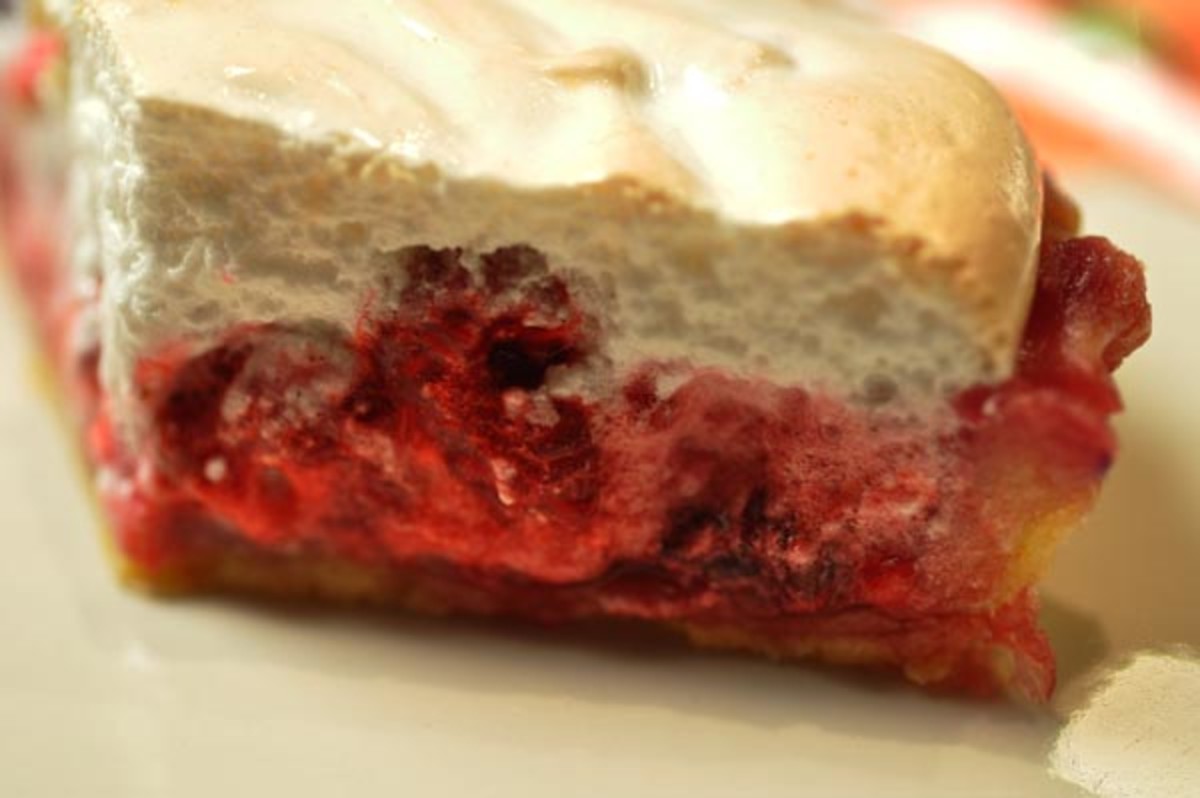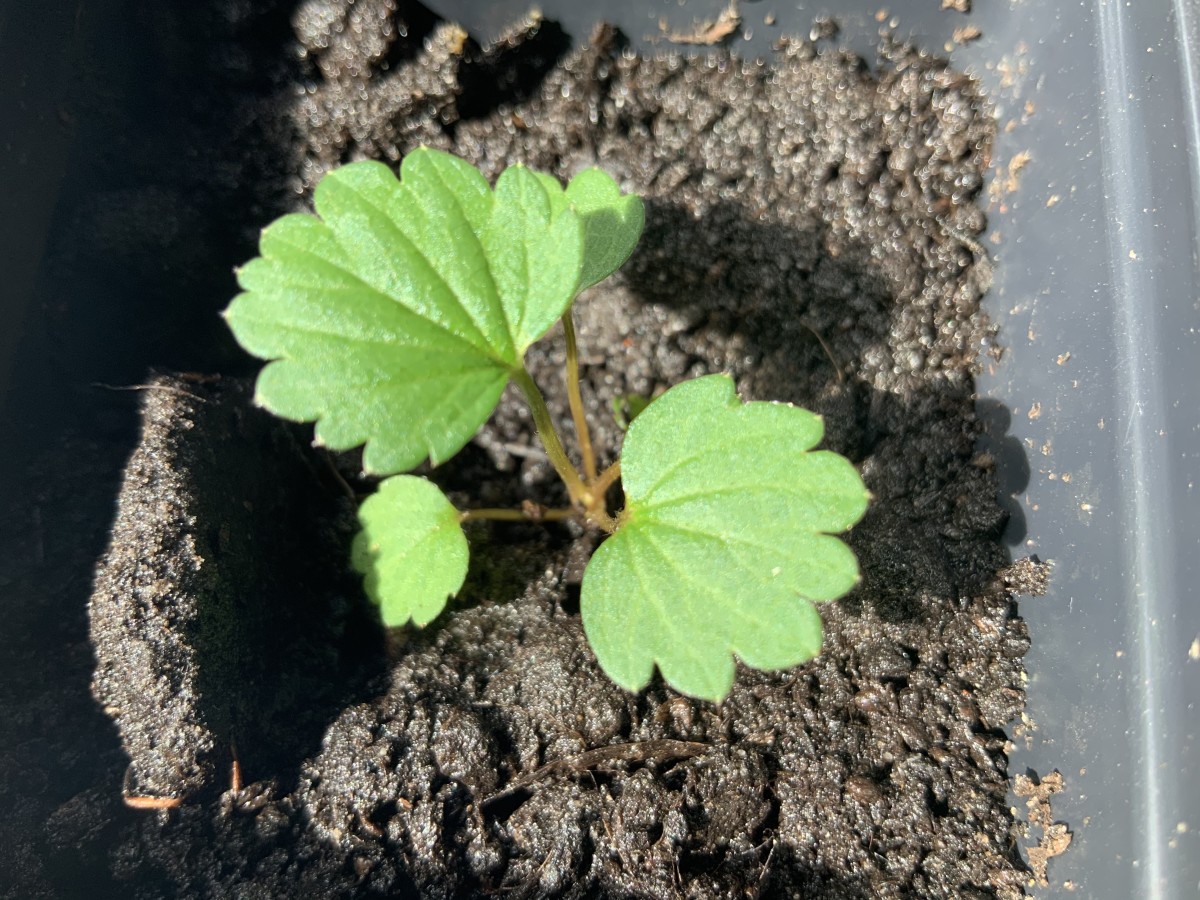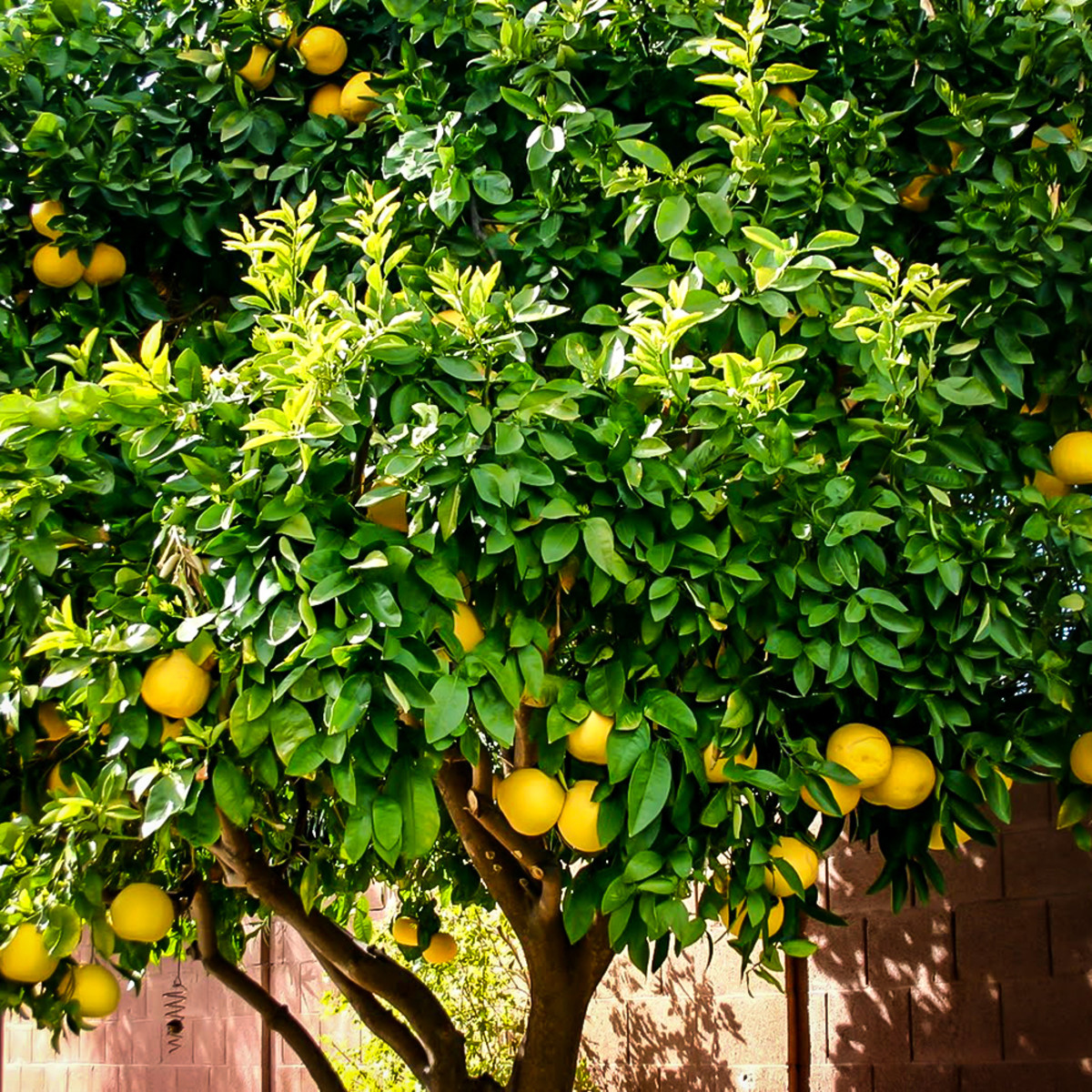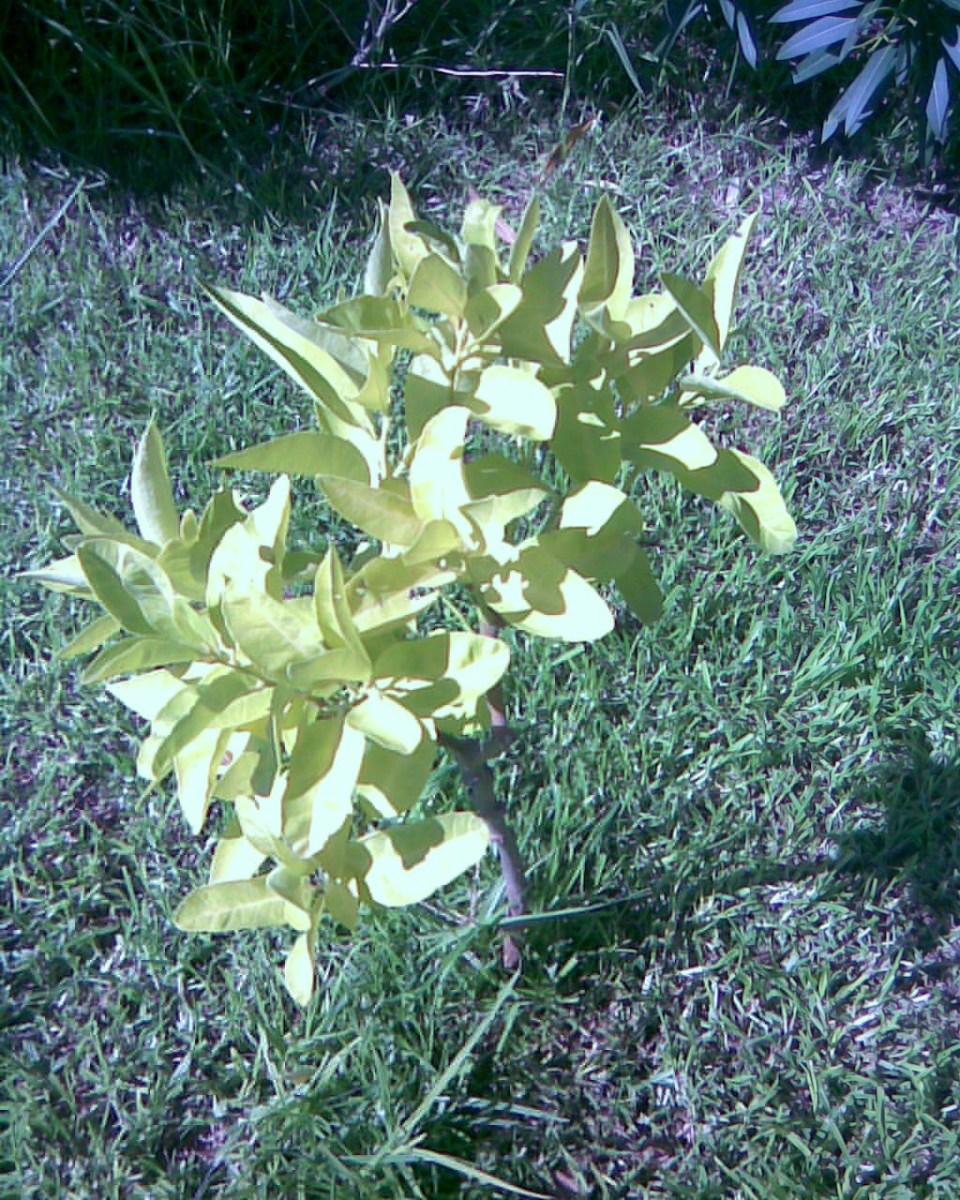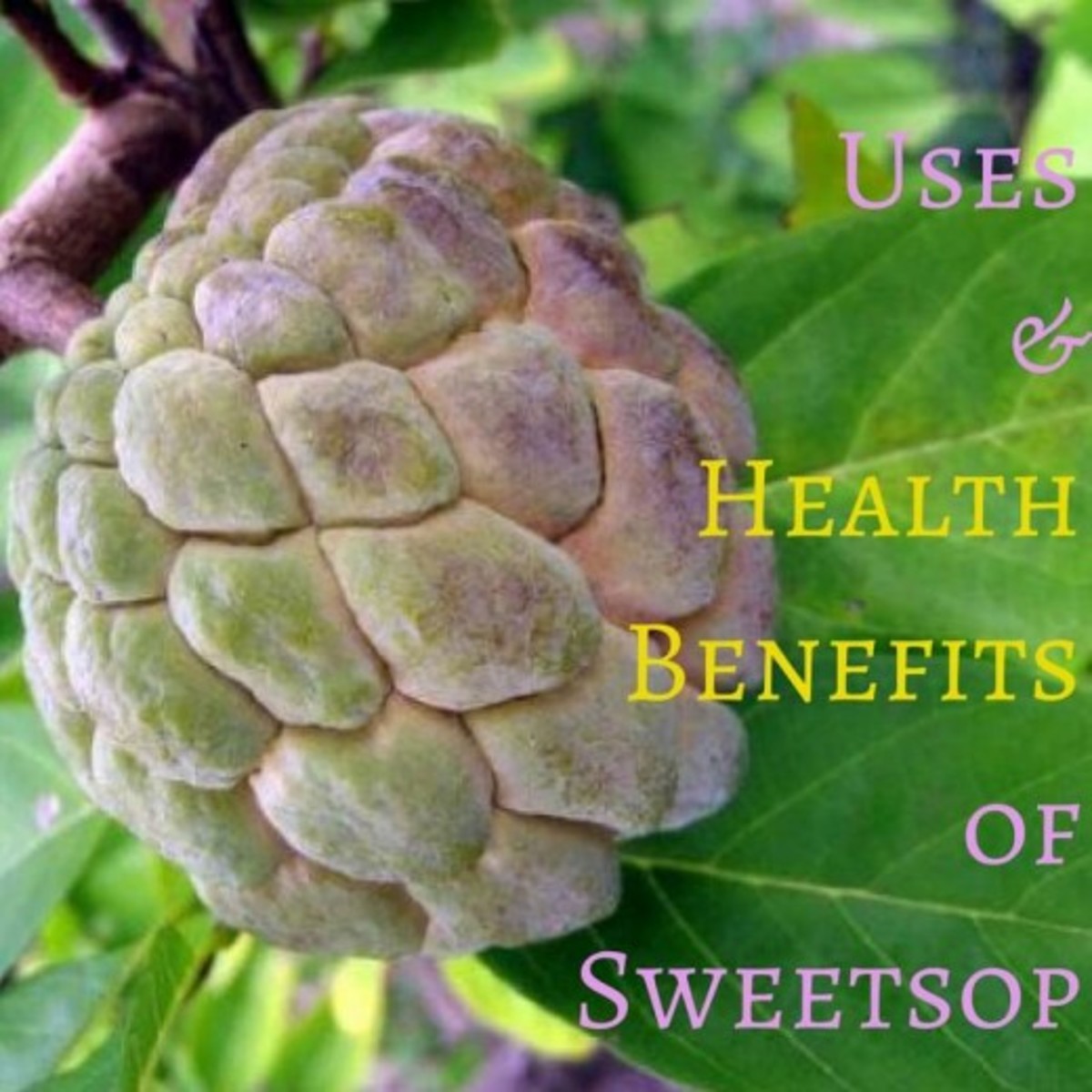Edible Landscape Strawberries
If you've been reading about edible landscapes, no doubt you've read that strawberries add color and interest to these types of landscape projects. They grow easily, are a trainable vine and have beautiful red fruits that are delicious to eat. Beginner gardeners can plant strawberries and have success the first year. In addition, they don't even have to be planted in the ground like many other crops - they're at home in a variety of containers, from terra cotta tubs to raised bed gardens.




Climate
Strawberries can be grown in an extremely wide variety of temperatures and conditions. Native species grow in the cold, dry mountainous areas of Ecuador, the arid areas of Southern California and in humid, sub-tropical areas such as Florida and Colombia. They grow in temperatures as low as -60 degrees F. in central Alaska, as well as in much higher temperatures, such as 110 degrees F. in Louisiana. Varieties that are found in nurseries are hybrids of native species, which grow well in temperate climates.
June or Shortbearing vs Everbearing
Choose a hybrid strawberry variety suited to your local climate. June or short-bearing varieties require at least 10 days of 60 degree F. temperatures before they’ll flower. These varieties will only produce fruit once during their short growing season.
Everbearing varieties will grow and bear fruit several times per year as long as it is always warm with no temperature extremes. The best temperatures for these varieties are between 55 and 80 degrees.
Planting Strawberries
- Provide a well-drained garden site. Strawberries do best in well-drained soil in an area that receives full sun. To help strawberries stay moist, but not wet, plant them in mounds of soil or in raised beds so that water can drain away from the plants.
- Plant strawberries in the proper soil. Strawberries prefer rich, loam soil or sandy soil, which drains easily. The best soil pH for strawberries is between 5 and 7. Clay soil can be amended with peat moss and sand to create the right growing medium for strawberry plants. Place each plant 6 to 10 inches apart for optimum growth. Most commercial growers create 2-foot ditches between the mounds to allow for the best drainage.
- Mulch strawberries or use plastic garden film around them. Mulch or plastic film will help control weeds and prevent berries from lying directly on the ground. Berries that develop on the ground may develop rotten areas. Mulch can also help to keep plants warmer in cool climates, and to prevent crown damage from frost. Strawberries have a shallow root system, so using plastic garden film will not inhibit root growth.
- Water strawberries as needed. Strawberries are hardy plants and do not require frequent watering. Water them right after they have been planted, and thereafter only once a week. Water the plants more frequently under draught conditions. If your ground develops a cracked appearance, you'll need to water the plants more often.
- Harvest strawberries when fully ripe. Strawberries have the sweetest flavor when they’ve turned deep red in color. Areas on the berry that are green or white indicate that the fruit is not fully ripened and will impart a bitter flavor when eaten. Harvest strawberries by hand to prevent damage to the soft fruit.
Replacing Strawberry Plants
If you're planting dozens of strawberries that are shortbearing, they can be kept for 3-4 years before fruit production begins to drop off. When this happens simply pull the plants and plant new ones. Luckily strawberry plants are inexpensive, so replacing them is usually budget friendly.
Everbearing varieties may experience a sharper decline in production after the first year. If so, replace these plants when they no longer produce. Commercial growers often till the plants under after the end of the first year and plant new strawberry seedlings.
Strawberry Growing Resources
- Kid's Stuff
Wisconsin Berry Growers Association - Strawberry - Physiology, Growing and Harvesting
- Climate and the Strawberry from the USDA

